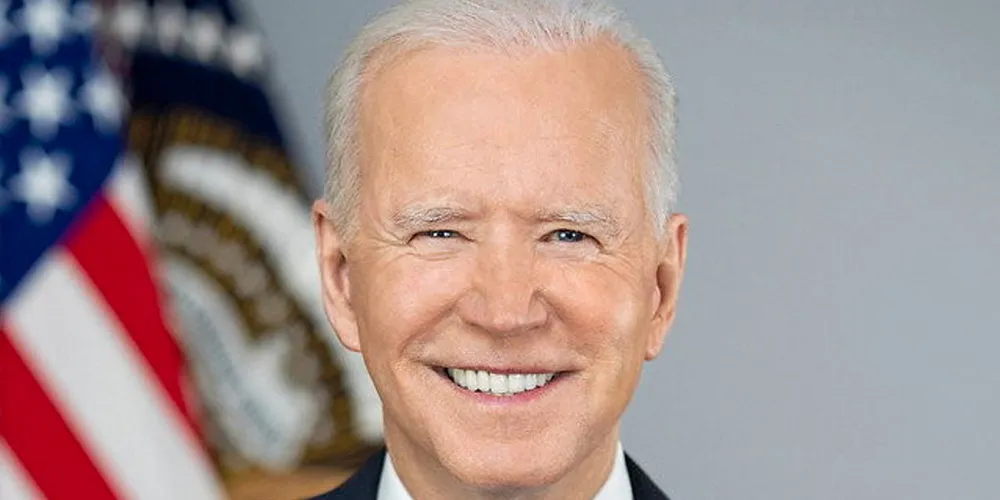US Atlantic states seek feedback on offshore wind fisheries impact amid gigascale rollout
Burgeoning sector development could lead to widespread displacement of New England and mid-Atlantic fishing fleet

Nine states along the Atlantic seaboard that are home to the burgeoning offshore wind industry as well as valuable commercial fisheries have joined in calling for region-wide compensation for negative economic impacts.
Facilitated by the research centre Special Initiative for Offshore Wind at the University of Delaware, the nine state-consortium issued a request for information (RfI) “to establish a regional fund administrator for fisheries... financial compensation for economic loss from offshore wind development off the Atlantic Coast”.
The US Atlantic offshore wind industry is ramping quickly, with the very first steel in the water installed this spring and as much as 19GW becoming available for construction by 2025.
The nine member states from Maine to Virginia are collectively targeting some 37GW of offshore wind capacity.
Nearly all of this will be constructed in the same shallow waters that are some of the nation’s most valuable fishing grounds, raising the possibility of vast swaths of the ocean made off-limits by offshore wind farms.
It aligns with federal efforts on impact mitigation. The Bureau of Ocean Energy Management (BOEM), the lead regulator of energy development in federal waters, last summer released its draft framework to mitigate impacts to fisheries in project siting, design, navigation, access, safety, and financial compensation.
BOEM recommended establishing “a neutral third party to administer mitigation funds, process claims, and handle appeals or adjustments”.
BOEM’s draft impact mitigation framework pushed the offshore wind industry to compensate affected fisheries, particularly those pushed off traditional fishing grounds by development despite, “no existing Federal policies or laws explicitly and specifically requiring compensation of economic loss from displacement attributed to offshore energy installations.”
Fisheries, offshore wind cooperation
The offshore wind industry and government are increasingly looking to cooperate with the fisheries to avoid contention that can lead to lawsuits and project delays.
Member state Virginia is supporting fisheries advocate Responsible Offshore Development Alliance (Roda) to coordinate the initial feedback to the RfI by the state’s commercial fishing industry.
“Our goal [is] to ensure the Commonwealth has a reliable, affordable, clean and growing supply of power... while protecting the jobs of our important fishing industry,” said acting secretary of Natural and Historic Resources Travis Voyles.
“It is essential that impacted parties have a central role in designing and administering strategies that will most effectively mitigate impacts of offshore wind,” said Lane Johnston, programmes manager at Roda.
(Copyright)Nine member state's offshore wind targets and fisheries' valuations
State | Offshore wind target | Value of fishery by sales revenue |
Maine | None yet | $2.33bn |
New Hampshire | None yet | $183m |
Massachusetts | 5.6GW by 2035 | $3.38bn |
Rhode Island | 1.4GW by 2033 | $377m |
Connecticut | 2GW by 2030 | $57m |
New York | 9GW by 2035 | $150m |
New Jersey | 11GW by 2040 | $680m |
Maryland | 2GW by 2031 | $359m |
Virginia | 5.6GW by 2034 | $841m |